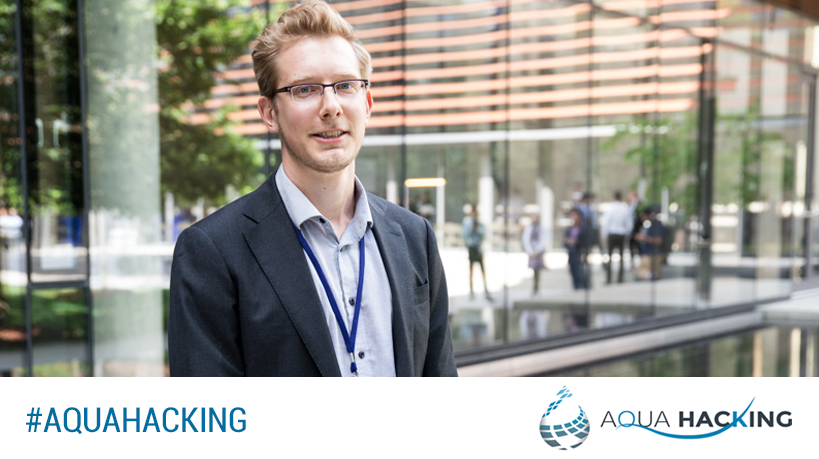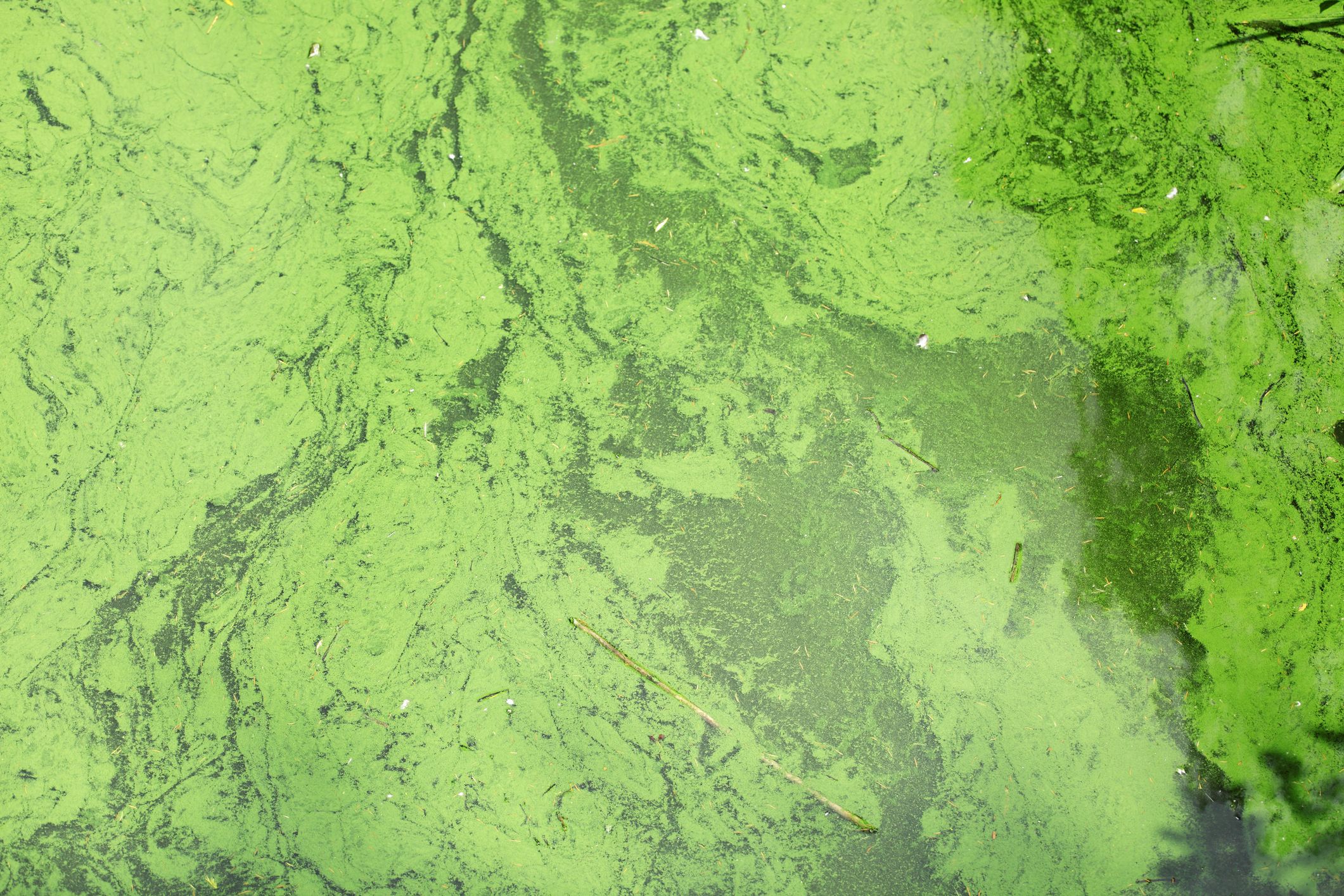A research team from the University of Waterloo, members of whom took first place at the the 2017 AquaHacking Challenge, have published research in the journal Nature that details progress on artificially intelligent water quality monitoring software.
In the paper, Quantification of cyanobacterial cells via a novel imaging-driven technique with an integrated fluorescence signature, the researchers describe software that is capable of identifying and quantifying different kinds of cyanobacteria, which could make monitoring at water treatment plants cheaper and easier.
“We need to protect our water supplies,” said Monica Emelko, a professor of civil and environmental engineering and member of the Water Institute at Waterloo. “This tool will arm us with a sentinel system, a more rapid indication when they are threatened.
“The exciting piece is that we’ve shown testing utilizing AI can be done quickly and well. Now, it’s time to work through all the possible scenarios and optimize the technology.”
The operational AI system uses software in combination with a microscope to inexpensively and automatically analyze water samples for algae cells in about one to two hours, including confirmation of results by a human analyst.
Current testing methods, which typically involve sending samples to labs for manual analysis by technicians, take one to two days. Some automated systems already exist, but they require extremely expensive equipment and supplies.
The research contends that “image analysis and processing technology has advanced to a level that enables good identification and enumeration of cyanbacteria and other algae in real (untreated) water matrices in a manner.” As such, the researchers are able to evidence a technology that is both rapid and automated, requiring little expense, and has a comparable level of accuracy with existing methods, but demonstrates a lower detection limit, which offers greater sensitivity.
“The biggest difference [to existing technologies] is being proactive as opposed to reactive,” said Jason Deglint, co-founder of Sim Labs, to Water Canada last year.

Moving forward, the goal is an AI system to continuously monitor water flowing through a microscope for a wide range of contaminants and microorganisms.
“This brings our research into a high-impact area,” said Wong. “Helping to ensure safe water through widespread deployment of this technology would be one of the great ways to really make AI count.”
The researchers estimate it may take two to three years to refine a fully commercial sample testing system for use in labs or in-house at treatment plants. Using the technology to provide continuous monitoring could be three to four years away.









